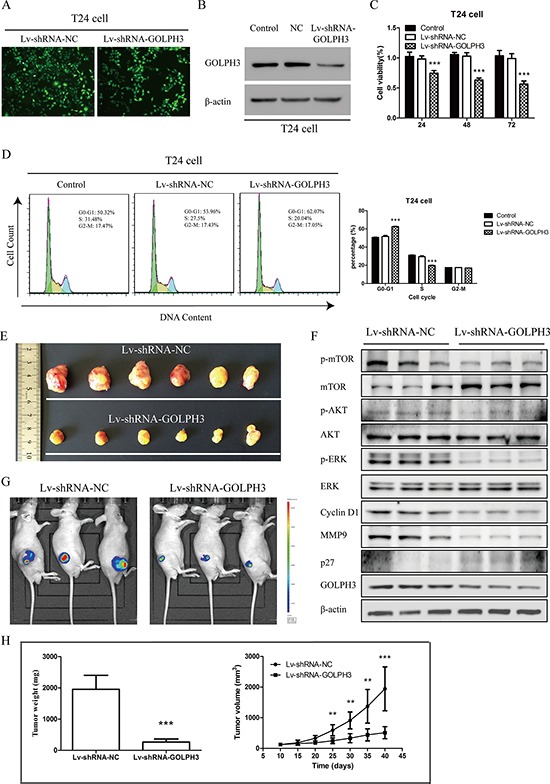Figure 5. GOLPH3 silencing inhibits the tumorigenicity of bladder cancer cells in vitro and in vivo.

A. The establishment of stable T24 bladder cancer cell lines expressing GOLPH3 and negative control shRNAs. The GFP expression ratio of T24 cells was greater than 90% 24 h post-cotransfection. B. GOLPH3 expression in stable T24 cells expressing GOLPH3 and negative control shRNAs was analyzed by western blot analysis. CCK8 assays C. indicated that the growth rates decreased in GOLPH3-silenced T24 cells. Flow cytometric analysis D. indicated that GOLPH3 stimulates the G1-S-phase transition of bladder cancer cells, and representative micrographs (left) and quantification (right) are shown. Stable knockdown of GOLPH3 by Lv-shRNA-GOLPH3 F. inhibits the growth of T24-derived xenografts in nude mice E. and G. Macrographic images show that the tumor size of the Lv-shRNA-GOLPH3 group was markedly smaller on the 40th day than those of the Lv-shRNA-NC group. The growth curves of the tumor xenografts and the final tumor weights of the Lv-shRNA-GOLPH3 group was decreased compared with those of the Lv-shRNA-NC group H. The tumor inhibition effect induced by GOLPH3 silencing in vivo correlate with the inhibition of AKT/mTOR signaling and Cyclin D1, MMP9 and increased p27 expression (F).
